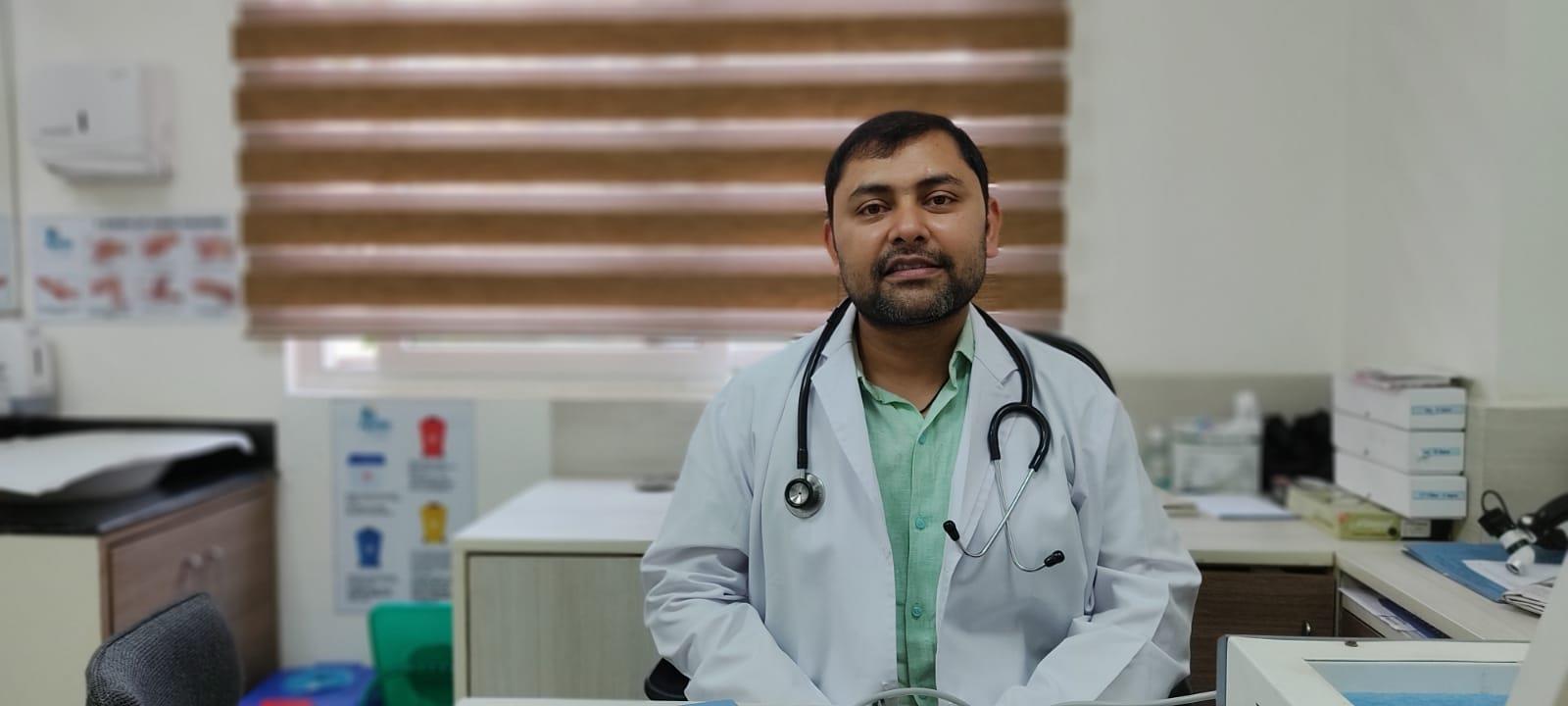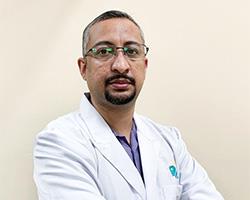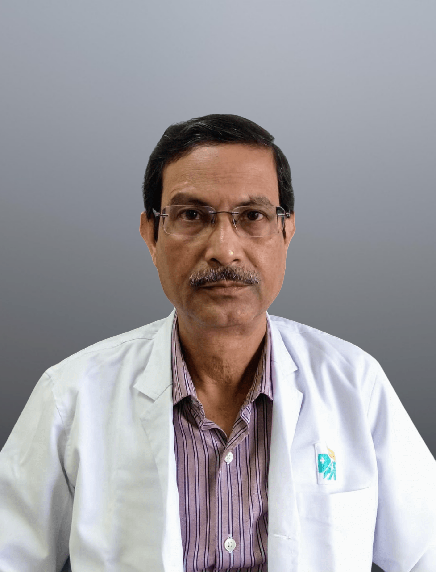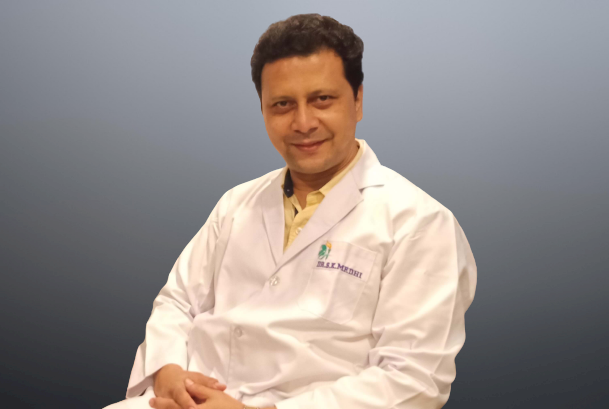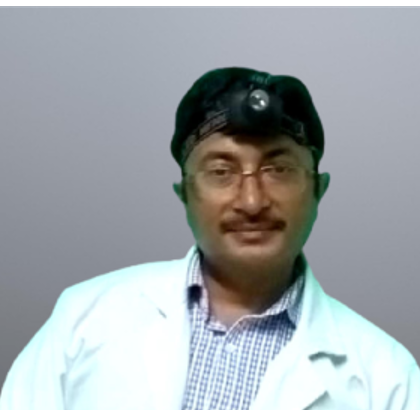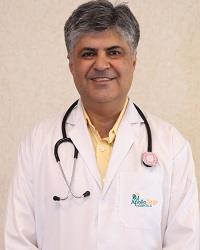Search Result: 10

Dr Akriba Ahmed
MBBS, DLO
Registration No
4329146
Language
English, অসমিয়া, বাংলা, हिंदी

15 years experience overall

Paschim Boragaon , Guwahati
MON- SAT, MON- SAT(10:00 AM-04:00 PM)

Dr Amit Kumar Agarwal
MS ENT HEAD & NECK SURGERY
Registration No
1876186
Language
English, অসমিয়া, বাংলা, हिंदी

9 years experience overall

Guwahati & RGB road , Guwahati
MON- SAT(06:00 PM-08:00 PM)

Dr Arnab Kalita
MBBS,MS (Fellowship Heads & Neck Oncology)
Registration No
5088802
Language
English, অসমিয়া

3 years experience overall

Paschim Boragaon , Guwahati
MON- SAT, MON- SAT(04:00 PM-07:00 PM)

Dr Bubul Chandra Roy
MBBS, M.S (AIIMS)
Registration No
4329148
Language
English, অসমিয়া, বাংলা, हिंदी

24 years experience overall

Paschim Boragaon , Guwahati
MON- SAT, MON- SAT(03:00 PM-06:00 PM)

Dr Kaustabh Kalita
MBBS,DLO,DNB (Chennai)
Registration No
5088811
Language
English, অসমিয়া

12 years experience overall

Paschim Boragaon , Guwahati
MON- WED, FRI, SAT, MON- WED, FRI, SAT(10:00 AM-05:00 PM)

Dr Pradip Kumar Deka
MBBS,DLO,MS
Registration No
1876180
Language
English, অসমিয়া, বাংলা, हिंदी

29 years experience overall

RGB road , Guwahati
MON- SAT(09:30 AM-12:00 PM)

Dr Seemanta Kumar Medhi
MS, FELLOWSHIP HEAD AND NECK SURGICAL ONCOLOGY
Registration No
1876183
Language
English, অসমিয়া, বাংলা, हिंदी

15 years experience overall

Guwahati , Guwahati
MON- SAT, MON- SAT(10:00 AM-04:00 PM)

Registration No
1924199
Language
English

15 years experience overall

Guwahati , Guwahati
MON- SAT(09:00 AM-11:00 AM, 05:00 PM-07:00 PM)

Dr Mrinmoy Mayur Chodhury
MBBS, MS (ENT)
Registration No
4164510
Language
English, অসমিয়া, বাংলা, हिंदी

18 years experience overall

Zoo Road Guwahati , Guwahati
MON- SAT(03:00 PM-05:00 PM)

Dr Priyanka Agarwal
MBBS, DLO (ENT)
Registration No
4164573
Language
English, অসমিয়া, বাংলা, हिंदी

7 years experience overall

Zoo Road Guwahati , Guwahati
MON- SAT(09:00 AM-10:00 AM)
Frequently Asked Questions for Parathyroidectomy in Guwahati
Some individuals may experience increased appetite or hunger after a parathyroidectomy. This may be owing to changes in hormone levels or metabolism. It is important to maintain a balanced diet and discuss any concerns with your doctor.
Untreated hyperparathyroidism can lead to a condition called hypercalcemic nephropathy, which can contribute to kidney damage or kidney stones. However, with appropriate treatment and management, the risk of kidney failure due to hyperparathyroidism is low.
Surgery is currently the only definitive cure for primary hyperparathyroidism, which is caused by an overactive parathyroid gland. Medications may be used to manage symptoms or control calcium levels temporarily, but they do not address the underlying cause and are not considered to be a cure.
While parathyroid tumours are generally not cancerous (malignant), in rare cases, they can be cancerous (parathyroid carcinoma).
Despite a successful parathyroidectomy, blood calcium levels may remain high temporarily. This is often due to a temporary rebound effect, where the remaining parathyroid glands overcompensate for the removed gland(s). However, this usually resolves on its own over time as the remaining glands regulate your calcium levels.
The eligibility for a parathyroidectomy depends on factors such as your symptoms, blood calcium levels, and the underlying cause of hyperparathyroidism. Generally, individuals with persistent hypercalcemia or major symptoms are considered eligible for the surgery.
A parathyroidectomy carries some risks and potential side effects. These can include temporary hoarseness or changes in voice, low blood calcium levels (hypocalcemia), bleeding, infection, and damage to nearby structures such as nerves or blood vessels.
The duration of a parathyroidectomy can vary depending on the complexity of the case and the surgical technique used. On average, the procedure takes a few hours. However, it is important to note that the duration may be longer if additional procedures or explorations are required.
Before undergoing a parathyroidectomy, your surgeon will provide specific instructions on preparing for the surgery. This may include fasting for a certain period before the surgery, stopping certain medications that may interfere with the procedure, and undergoing pre-operative tests to assess your overall health.
After a parathyroidectomy, you will be closely monitored in the recovery area before being discharged. Your surgeon will provide instructions on looking after your incision, managing any pain or discomfort, and scheduling follow-up appointments. It is important to follow these instructions and take any prescribed medications as directed.
The success rate of a parathyroidectomy is high, with most patients experiencing a considerable improvement in their symptoms and blood calcium levels returning to normal. The success rate varies based on factors like the underlying cause of hyperparathyroidism and the surgeon’s expertise.
The recovery time for a parathyroidectomy varies from patient to patient, although most patients return to normal activities within a few weeks. However, it may take several weeks for some individuals to fully recover and regain their energy levels.
There are three main types of parathyroidectomy. The first type is minimally invasive parathyroidectomy. Before this surgery, a shot of a very small amount of radioactive tracer will be given. This highlights the diseased glands. Your surgeon will then use a special probe, such as a Geiger counter, to locate the parathyroid gland. A small cut of 1-2 inches or 2.5-5 cm will be made on one side of your neck, and the diseased gland will be removed through it. This procedure takes about 1 hour. The second is video-assisted parathyroidectomy. Two small cuts will be made in your neck for the instruments and a camera. The camera will be used to view the area, and the diseased glands will be removed. The third type is endoscopic parathyroidectomy. Two or three small cuts will be made in the front of your neck and another will be made at the top of your collarbone. This will reduce scarring and pain and shorten the recovery time. The cuts will be less than 2 inches or 5 cm. The diseased parathyroid glands are removed in the same way as that in video-assisted parathyroidectomy.
A parathyroidectomy is performed by an endocrine surgeon or general surgeon.
Related Procedures in Guwahati
Other Specialities in Guwahati
- Best Urologist in Guwahati
- Best Pulmonologist in Guwahati
- Best General Physician in Guwahati
- Best Endocrinologist in Guwahati
- Best Cardiologist in Guwahati
- Best Oncologist in Guwahati
- Best Radiologist in Guwahati
- Best Orthopedics in Guwahati
- Best Hepatologist in Guwahati
- Best Gynecologist in Guwahati
- Best Dermatologist in Guwahati
- Best Gastroenterologist in Guwahati
- Best Psychologist in Guwahati
- Best Ent Specialist in Guwahati
- Best Nephrologist in Guwahati
- Best Rheumatologist in Guwahati
- Best Diabetologist in Guwahati
- Best Psychiatrist in Guwahati
- Best Neonatologist in Guwahati
- Best Dentist in Guwahati
- Best Dietitian in Guwahati
- Best Haematologist in Guwahati
- Best Pediatrics in Guwahati
- Best General Surgeon in Guwahati
Top Hospitals in India
- Hospitals in Ahmedabad
- Hospitals in Bangalore
- Hospitals in Bhubaneswar
- Hospitals in Bilaspur
- Hospitals in Chennai
- Hospitals in Delhi
- Hospitals in Guwahati
- Hospitals in Hyderabad
- Hospitals in Indore
- Hospitals in Kolkata
- Hospitals in Madurai
- Hospitals in Mumbai
- Hospitals in Mysore
- Hospitals in Nashik
- Hospitals in Noida
- Hospitals in Visakhapatnam
- Hospitals in Lucknow
- Hospitals in Bhopal
- Hospitals in Karur
- Hospitals in Kochi
- Hospitals in Nellore
- Hospitals in Trichy
- Hospitals in Kakinada
© Copyright 2024. Apollo Hospitals Group. All Rights Reserved.




 Call Now
Call Now